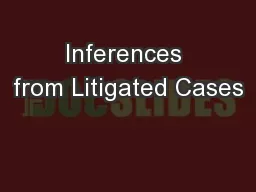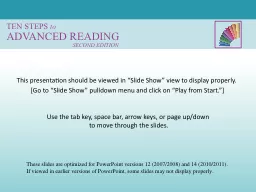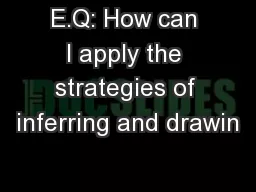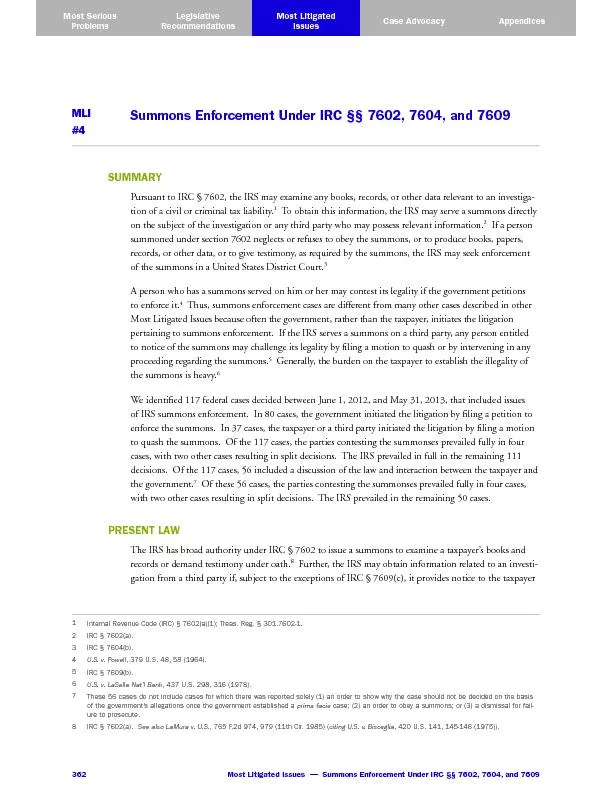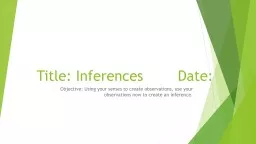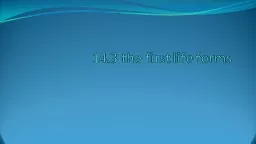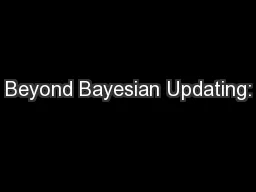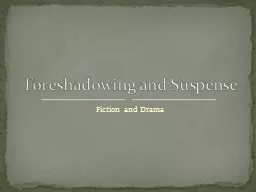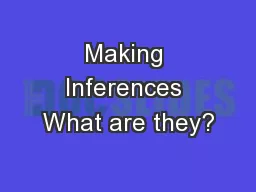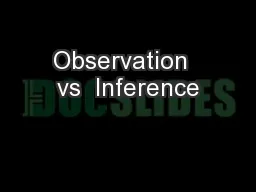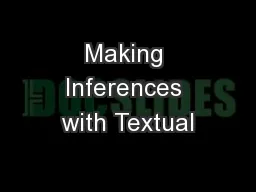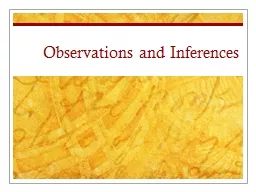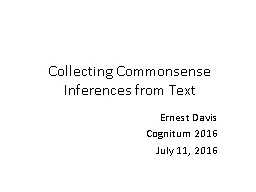PPT-Inferences from Litigated Cases
Author : tawny-fly | Published Date : 2017-04-08
Dan Klerman amp YoonHo Alex Lee Conference on Empirical Legal Studies October 24 2013 Motivating Questions Can empirical legal scholars use the plaintiff trial
Presentation Embed Code
Download Presentation
Download Presentation The PPT/PDF document "Inferences from Litigated Cases" is the property of its rightful owner. Permission is granted to download and print the materials on this website for personal, non-commercial use only, and to display it on your personal computer provided you do not modify the materials and that you retain all copyright notices contained in the materials. By downloading content from our website, you accept the terms of this agreement.
Inferences from Litigated Cases: Transcript
Download Rules Of Document
"Inferences from Litigated Cases"The content belongs to its owner. You may download and print it for personal use, without modification, and keep all copyright notices. By downloading, you agree to these terms.
Related Documents

